Navigating the Processed Food Maze: Making Informed Choices for Your Health
If you’re reading this, there’s a good chance you desire to live your most vibrant life now through healthy eating. In your search to do so, you have likely come across the term “ultra-processed foods”, or “UPFs'' for short. You may be wondering what they are and how they impact your health.
What are Ultra-Processed Foods? Understanding the Term
There is no universally recognized classification system for processed foods or a singularly used definition for UPFs. Generally speaking, UPFs are foods modified from their original form to the point of being unrecognizable. They are combined with other ingredients to make the food aesthetically pleasing, last longer on the shelf, or more palatable. These ingredients could include added sugars, hydrogenated oils, stabilizers, artificial colors, and artificial flavors.
Examples of common foods that are UPFs include:
- Soft drinks
- Snack foods like potato chips, pretzels, and cheese-flavored crackers
- Frozen foods that are ready for consumption upon heating
- Canned soups
- Candies
- Ice cream
- Lunch meats
- Hot dogs
- Pastry snacks
- Boxed pastas with dried sauces
- And so much more!
Keep in mind that not all processed foods are UPFs. Let’s use apples as an example of the different levels of processing:
|
Level of processing |
Description |
An Apple case study: |
|
Unprocessed food |
A whole, edible portion of a plant or animal that has not been altered at all before human consumption |
A whole apple picked straight from the tree |
|
Minimally processed food |
A food that has been altered for easier consumption. Examples: washed, frozen, pre-cut, chopped, peeled, etc. |
Pre-washed and cut apples bought at the store |
|
Moderately processed food |
Ready to consume foods by themselves or with added ingredients |
Applesauce made with apples, water, cinnamon, and ascorbic acid for freshness. |
|
Ultra-processed food |
A product created from ingredients and substances derived from foods while containing little to no whole foods |
An apple turnover contains ingredients like apple extract, soy lecithin, malted barley, vegetable oils, high fructose corn syrup, and much more. |
As you can see, a diet consisting of only unprocessed processed foods would be difficult to achieve or unsustainable unless you grow and produce all of your own foods. Now that you know the various classifications, you can more easily choose foods that fit within your value system.
The Potential Health Risks of Consuming Ultra-Processed Foods
While most foods can exist within a healthy and balanced diet, UPFs are associated with some undesirable health impacts. Knowing these effects can help you determine how often you want to consume UPFs. Let’s take a look.
Nutrient deficiencies: Consuming a diet rich in micronutrients is key to quality health and longevity. Because UPFs have often been processed so far down from their original food form, they need to include many nutrients you would hope the foods would have. To continue our apple example above, a whole apple will contain fiber, vitamins and minerals, and phytonutrients. At the same time, a packaged apple pastry will contain very little to none of these nutrients.
Weight gain: Because many UPFs contain added ingredients for desirable palatability like sugar, saturated or trans fats, and sodium, they usually include extra calories. This means that for an equal volume of an unprocessed/minimally processed food and for a UPF, the UPF will likely contain significantly more calories. Excess calories over time can lead to weight gain. Of course, carrying excess body weight puts us at higher risk for chronic diseases like cancer, heart disease, and type 2 diabetes mellitus.
Gut health: UPFs may also negatively affect our digestive health in various ways. Some ingredients added to UPFs, such as sugar alcohols, may directly cause stomach pain, gas, bloating, or diarrhea. Because foods with higher fat content can increase instances of acid reflux or GERD or worsen IBS-D, UPFs may trigger these symptoms depending on their fat content. Lastly, diets rich in UPFs naturally leave less room for high-fiber foods. Low-fiber diets can disrupt the gut microbiome and cause disturbances in bowel habits like constipation.
How do I know if I’m eating an Ultra-processed food? Making Informed Choices
Even with this research, between 2017 and 2018, more than half of U.S. calorie intake was made up of UPFs. This may be because many consumers don’t realize that they are consuming UPFs. Luckily, the food label is a valuable tool for identifying UPFs.
- The front of the package: Many products display buzzwords like “natural” or “organic”. This does not mean that a food is minimally processed and inherently nutrient-dense. Try not to take the item at face value, and think about how the product was likely formulated to get from point A (the apple on the tree) to point B (the packaged apple fritter).
- The back of the package: If a food label contains many ingredients you can’t pronounce or wouldn’t know how to cook in your kitchen, your UPF alert system should be going off. If you see a lack of vitamins and minerals yet moderate to high amounts of saturated fats, added sugar, or sodium, you likely have a UPF in hand.
Now that you know all about UPFs, it's a good idea to take an inventory of your diet. If historically, your grocery cart is primarily full of UPFs, know that it's always possible to adopt new food habits that will help support your health goals. You may even find that you enjoy the taste of a juicy, fresh apple over that of a packaged apple fritter, after all!
- de Araújo, T. P., de Moraes, M. M., Afonso, C., Santos, C., & Rodrigues, S. S. P. (2022). Food Processing: Comparison of Different Food Classification Systems. Nutrients, 14(4), 729.
- Hall, K.D., Ayuketah, A., Brychta, R. Walter, P., et al. (2019). Ultra-processed diets cause excess calorie intake and weight gain: an inpatient randomized controlled trial of Ad Libitum food intake. Journal of Cell Metabolism 30, 67-77.
- Juul, F., Parekh, N., Martinez-Steel, E. Monteiro, C.A., an dChang, V.W. (2022). Ultra-processed food consumption among US adults from 2001 to 2018. The American Journal of Clinical Nutrition, 115(1).
- Mäkinen K. K. (2016). Gastrointestinal Disturbances Associated with the Consumption of Sugar Alcohols with Special Consideration of Xylitol: Scientific Review and Instructions for Dentists and Other Health-Care Professionals. International journal of dentistry, 2016, 5967907.
- Martini, D., Godos, J., Bonaccio, M., Vitaglione, P., & Grosso, G. (2021). Ultra-Processed Foods and Nutritional Dietary Profile: A Meta-Analysis of Nationally Representative Samples. Nutrients, 13(10), 3390.


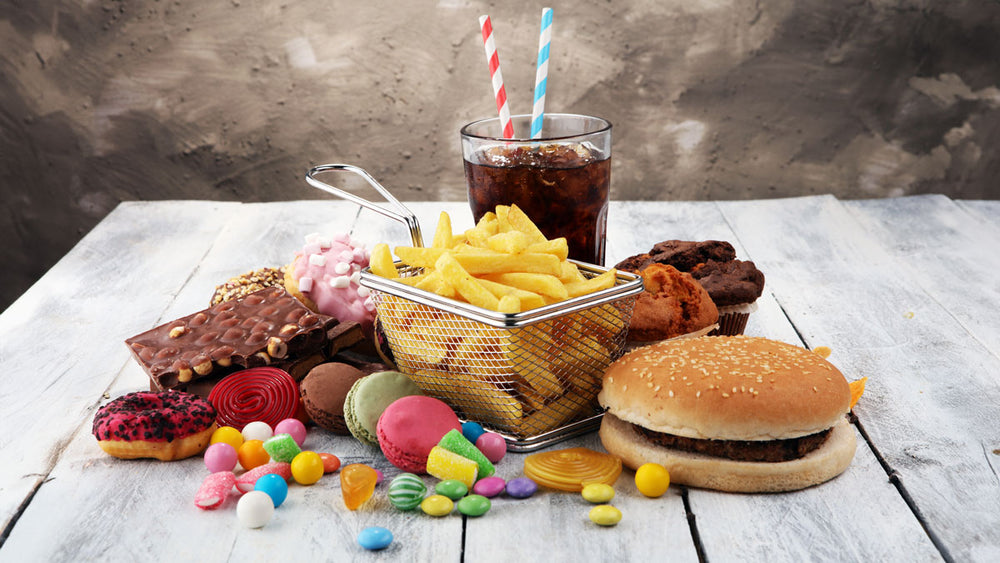
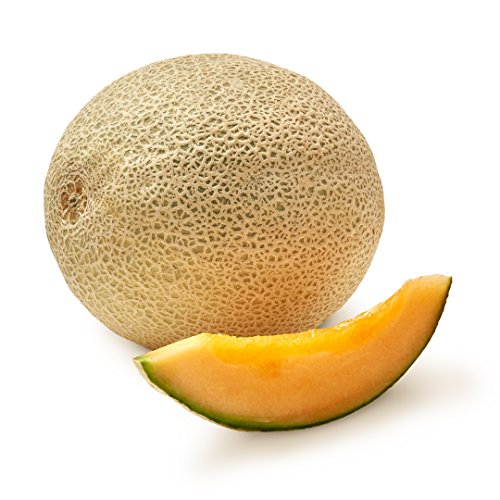
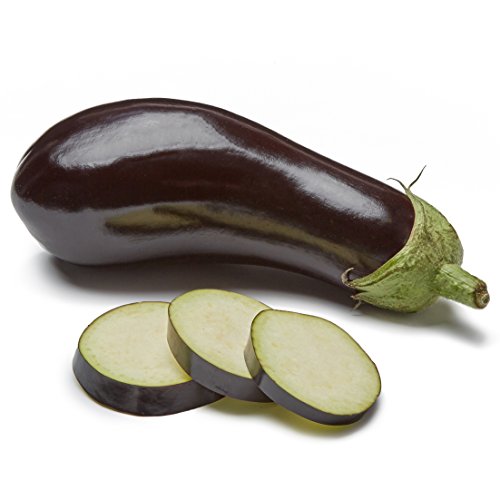
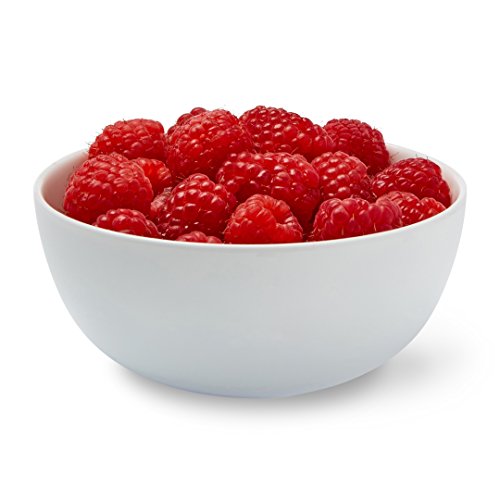




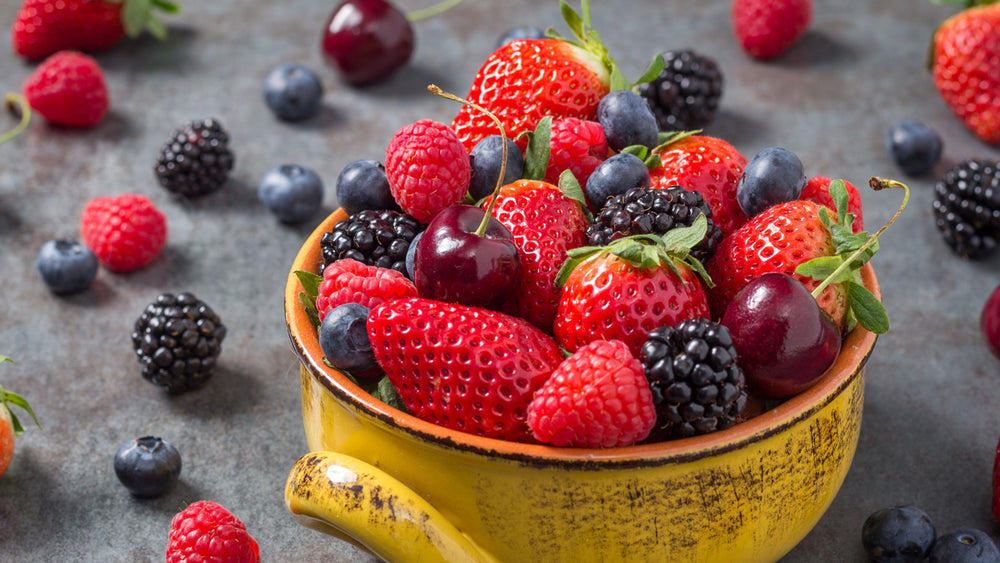











Comments
Join The Conversation...